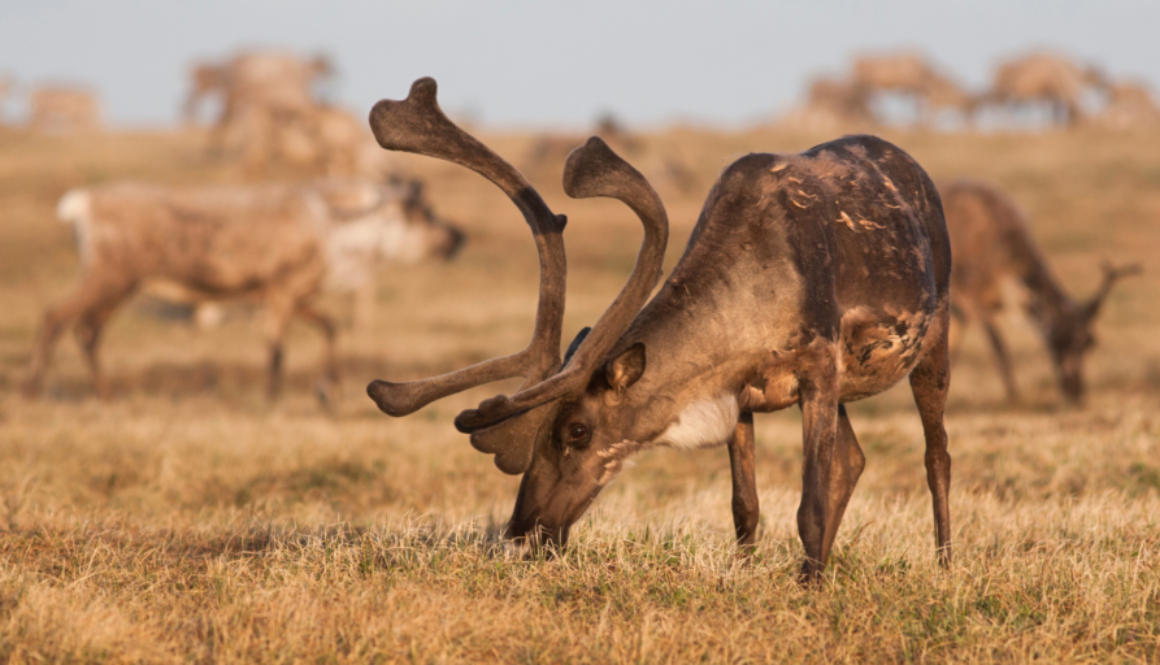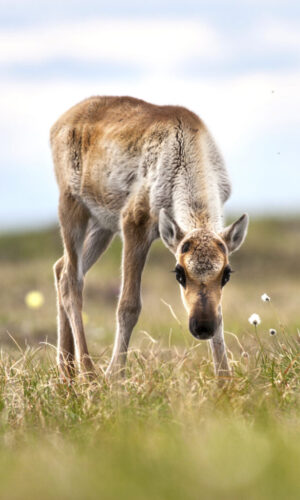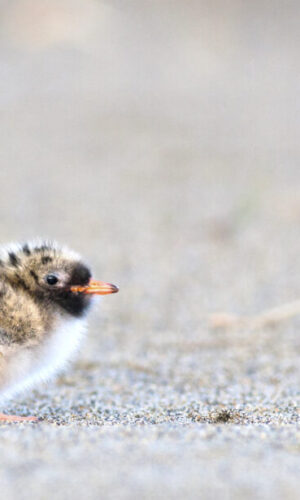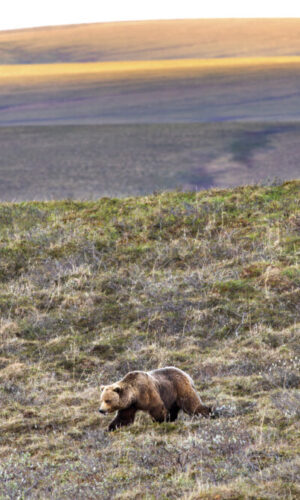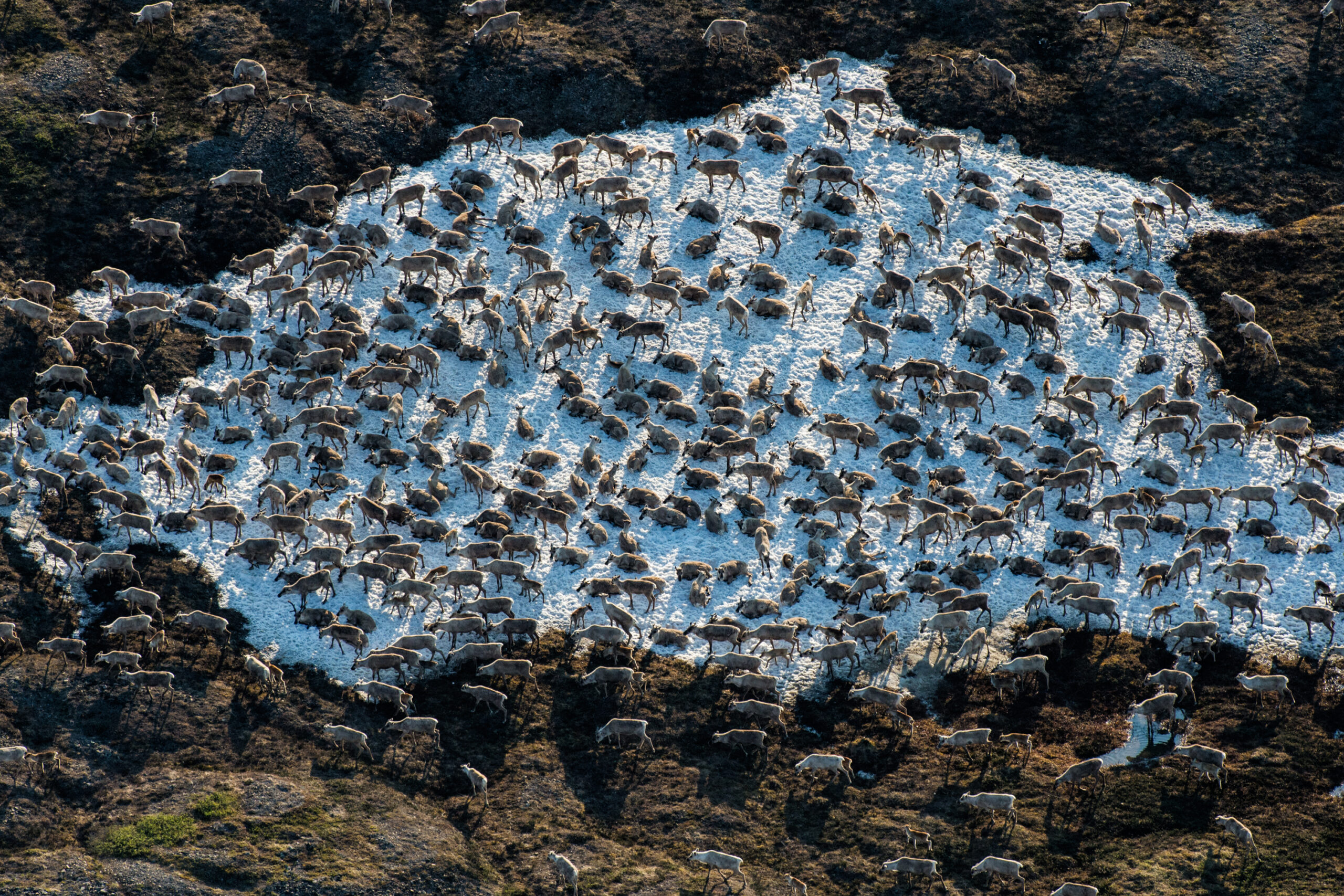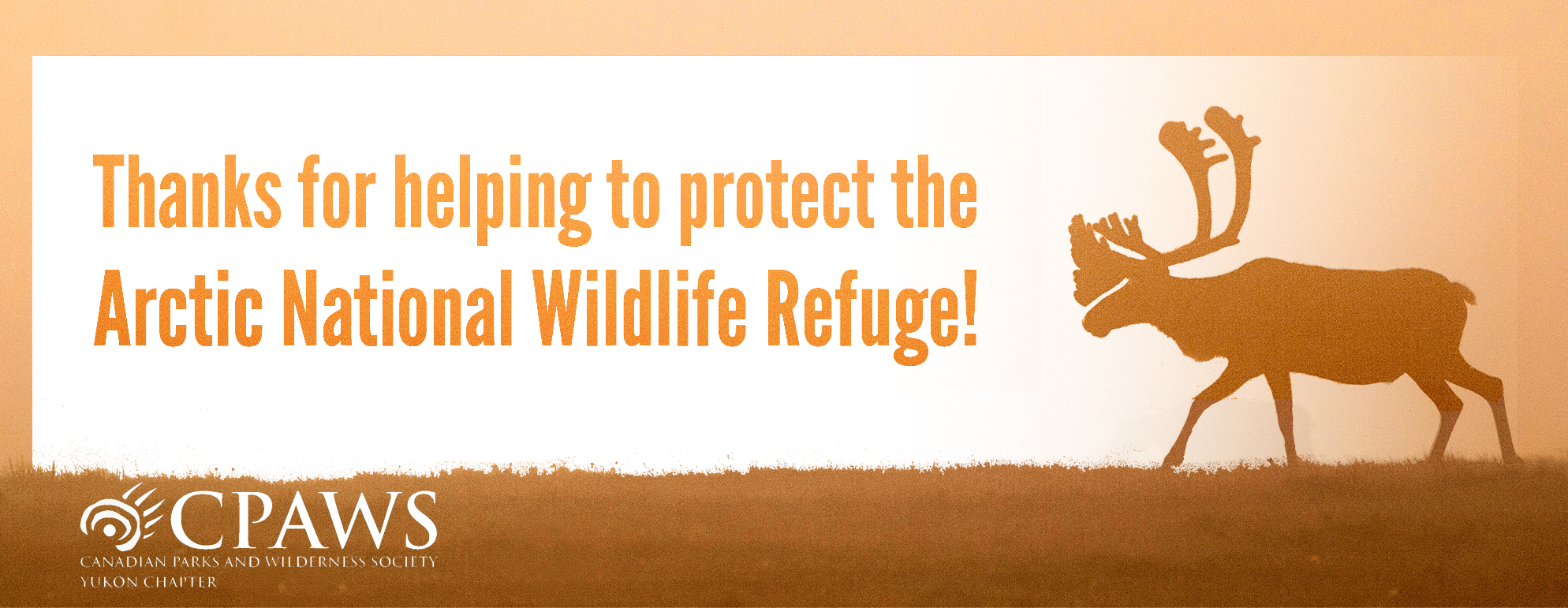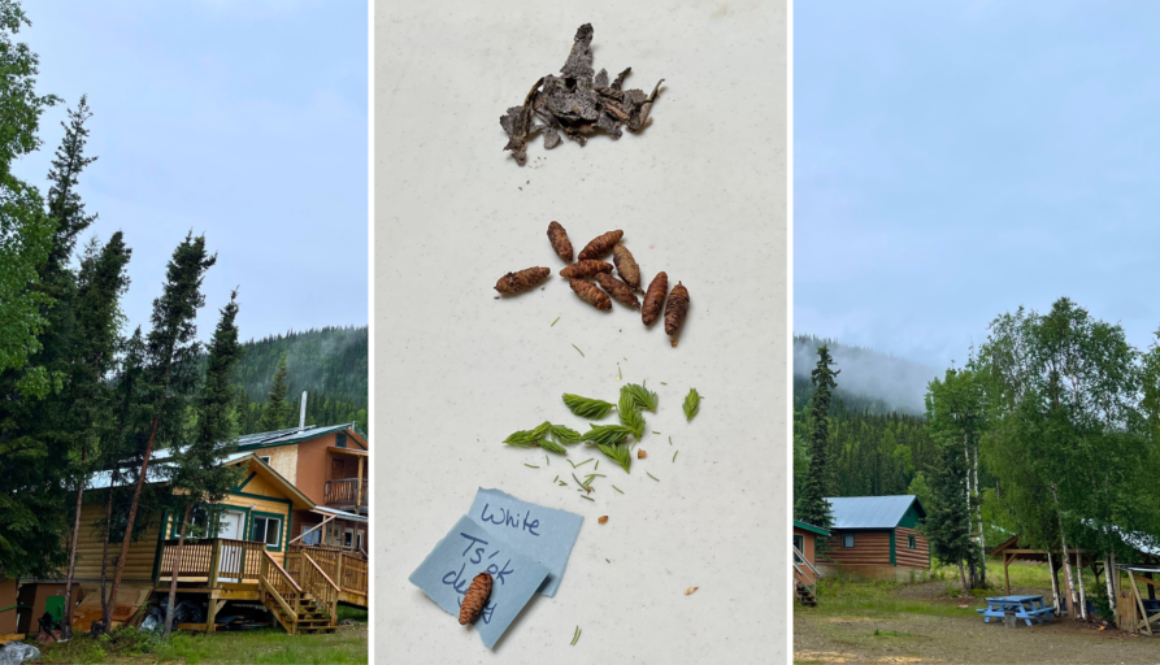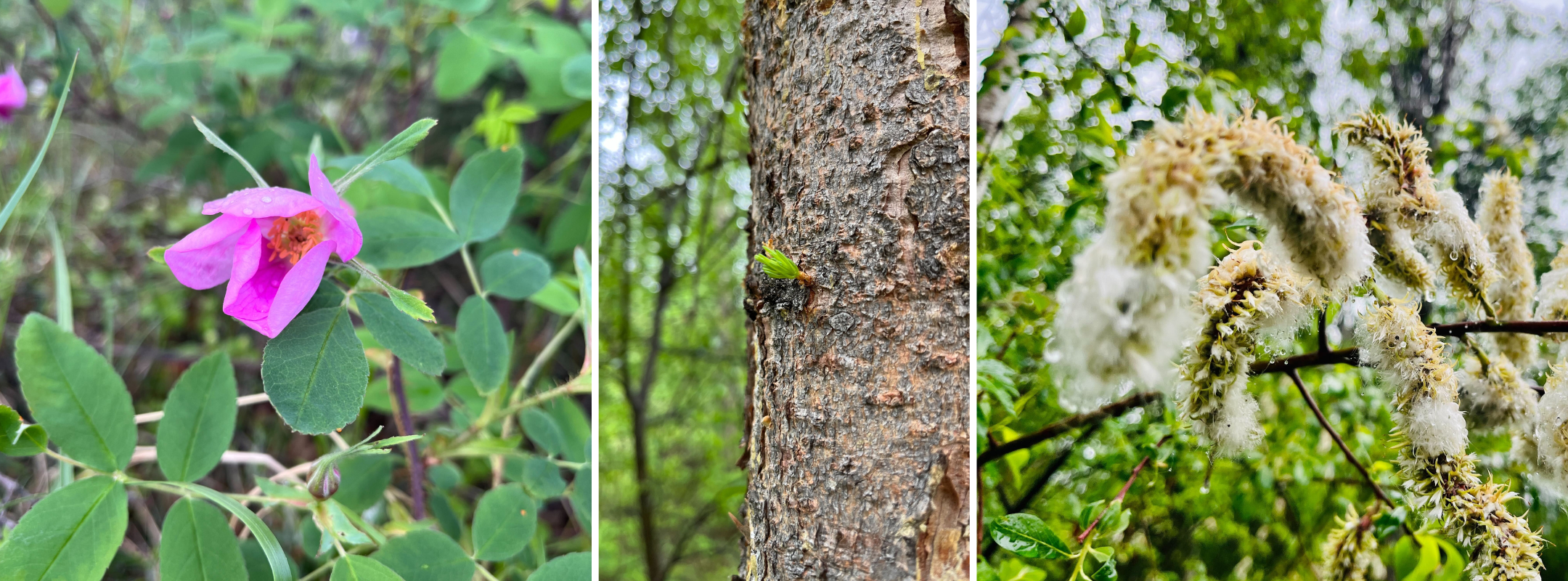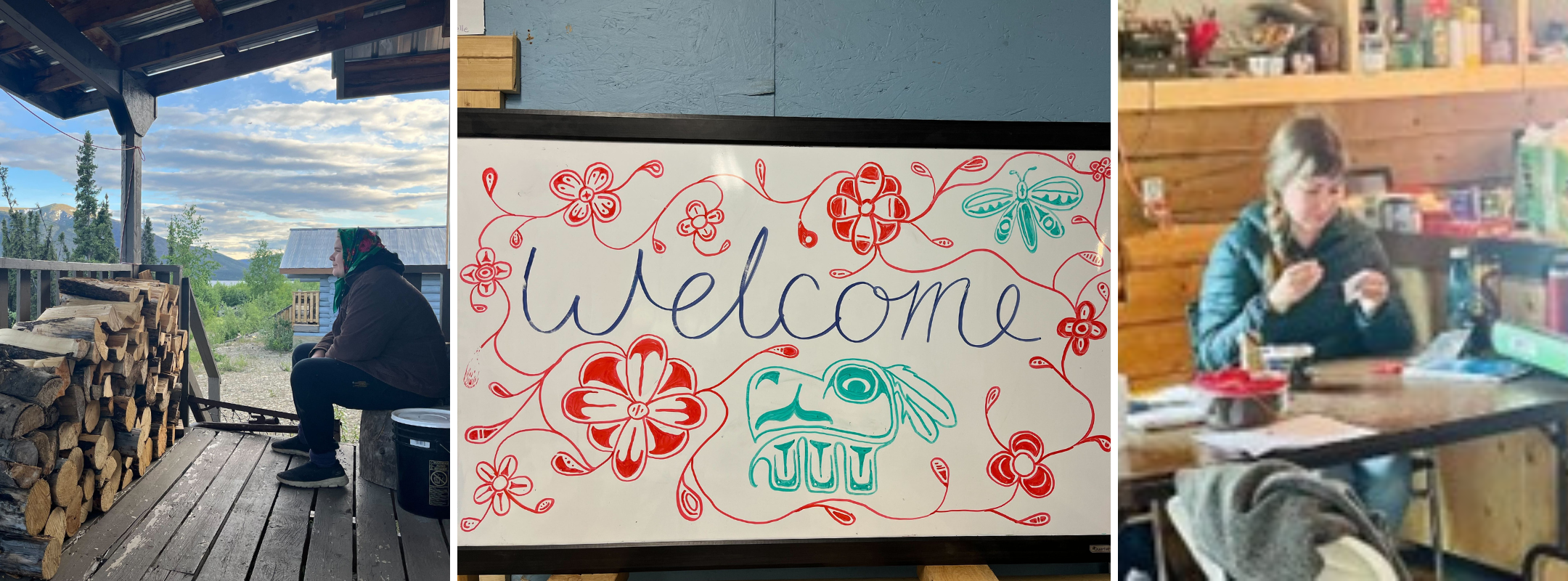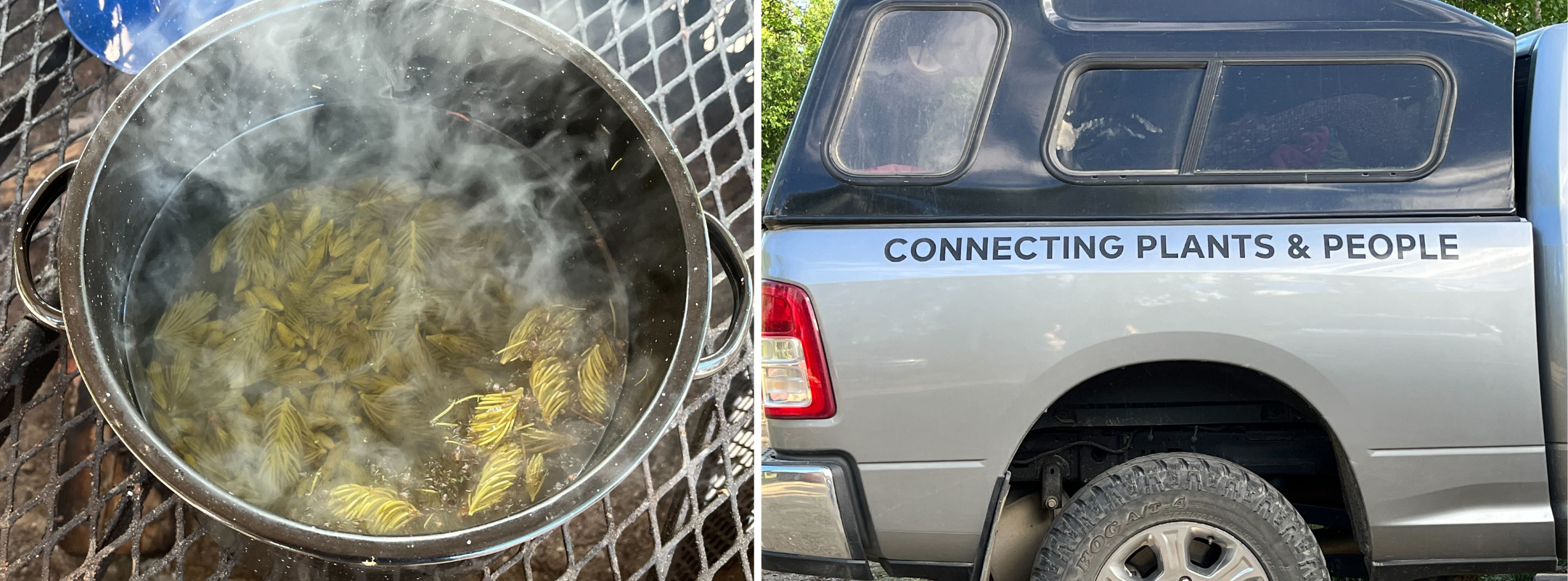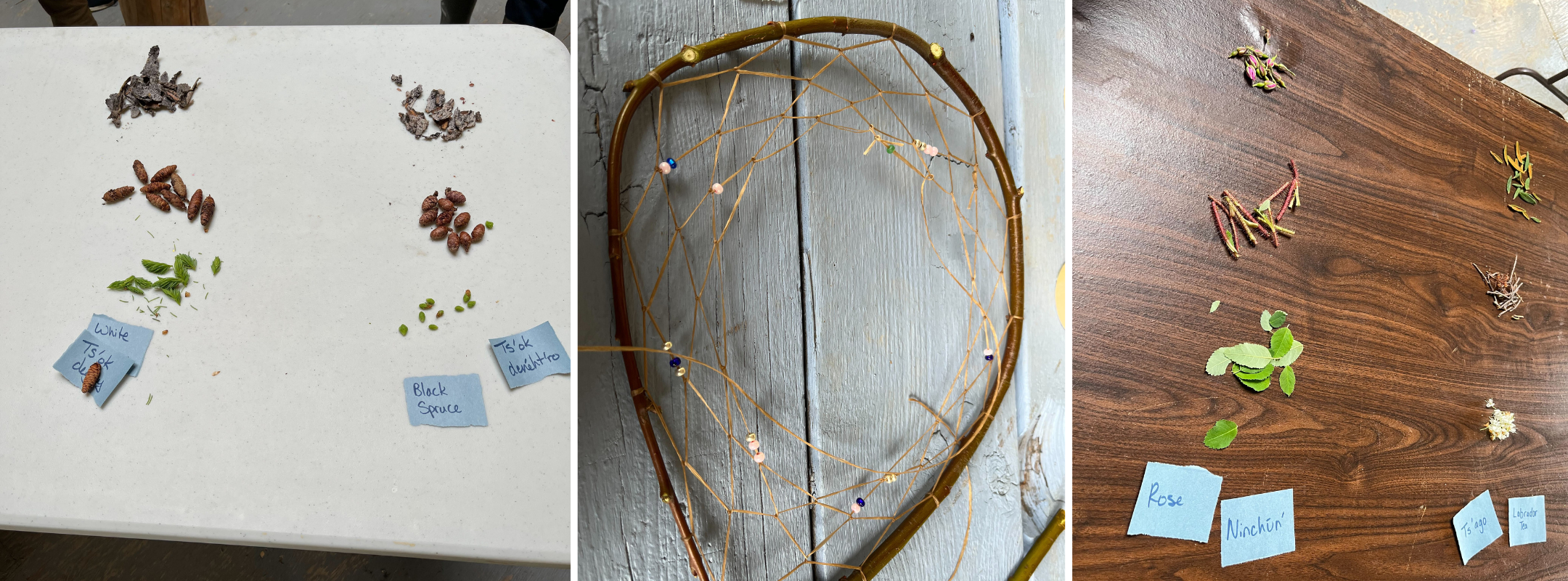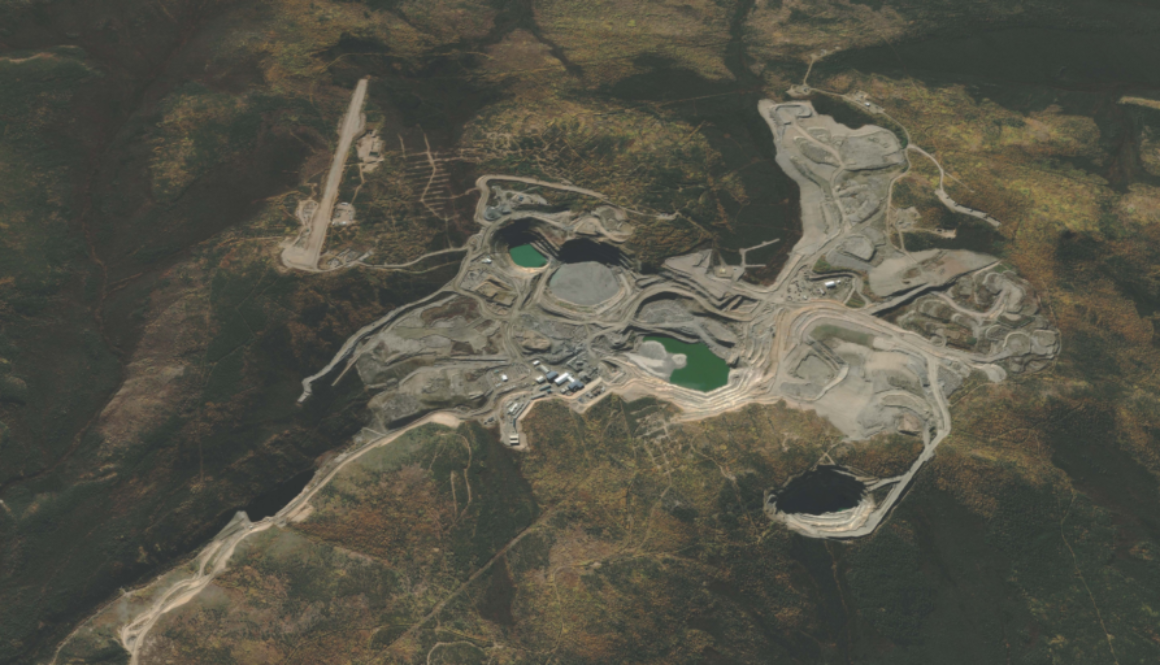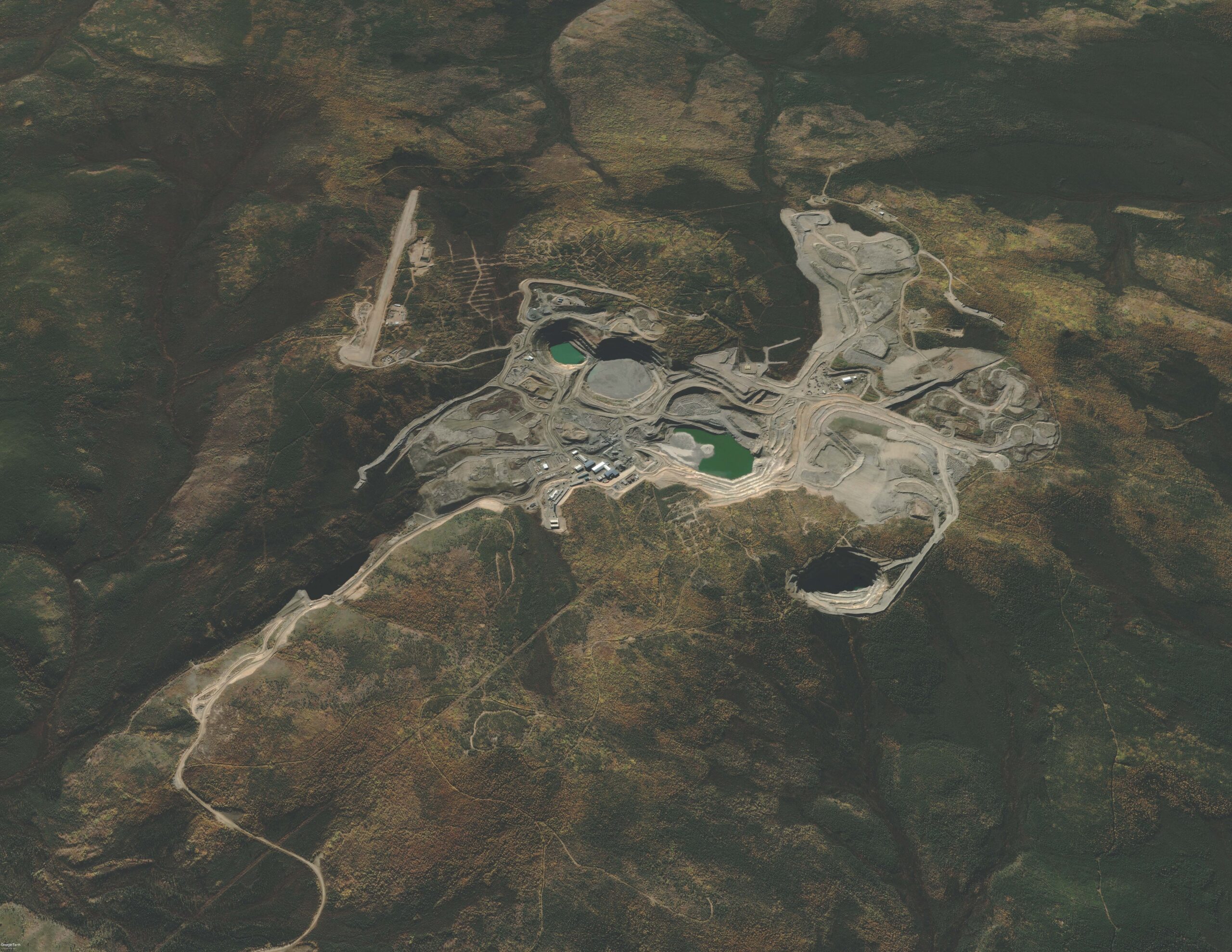New report details how wildlife use Chasàn Chùa (McIntyre Creek)
September 26, 2023
Whitehorse, Yukon – Chasàn Chùa, also known as McIntyre Creek, is a wildlife corridor in the midst of Whitehorse that connects wild spaces to the east and west of the City. There is pressure for more housing and road development in and around the creek, yet limited scientific data to inform decisions about the future of Chasàn Chùa.
This prompted CPAWS Yukon to research the impacts of housing and roads on wildlife within the area. In 2021, we surveyed wildlife distribution and habitat use at Chasàn Chùa. We recorded dozens of different bird and mammal species across the area, including Olive-sided Flycatchers, Wilson’s Snipes, Canada lynx, and moose. Our remote cameras, acoustic recorders, and winter track surveys gave us a snapshot of a bustling ecological community with an intricate web of interactions and relationships.
We found that wildlife thrived throughout the area, but housing and road developments impacted each species differently. For example, moose avoided the most developed parts of the creek. When moose did visit heavily populated areas it was primarily at night. We only observed species at risk like grizzly bears, Lesser Yellowlegs and Rusty Blackbirds in the most remote areas of Chasàn Chùa, while red foxes and mule deer preferred areas with higher levels of human development. Each species that inhabits Chasàn Chùa experiences human disturbances in a different way. These findings and more are detailed in Coexistence and Caution: tradeoffs faced by wildlife in Chasàn Chùa (McIntyre Creek), Yukon, and our data can be found at cpawsyukon.org/chasan-chua-data/.
This report compiles the data collected over the summer of 2021 and interpreted with the help of biologists and ecologists. It provides the framework for key recommendations that we hope supports planners and policy makers to make informed decisions about the area. Rather than taking a singular approach to stewarding the creek and its wildlife, planners should account for the complex responses that different species have to human developments.
While the City of Whitehorse has committed to establishing Chasàn Chùa/McIntyre Creek park in partnership with Kwanlin Dün First Nation, Ta’an Kwӓch’ӓn Council, Yukon University, and the Government of Yukon, there are still threats that could affect the area before formal protections are in place. Proposed mineral exploration work by Gladiator Metals Corp is the most immediate threat, but future road and housing developments could also impact the area and the wildlife that call it home.
Our five key recommendations are:
- Avoid further development in Chasàn Chùa until park planning is finished.
- Maintain habitat connectivity between Chasàn Chùa and surrounding wild spaces.
- Accommodate the needs of wildlife in future transportation plans, and include safety precautions for wildlife and people.
- Maintain the integrity of wetlands along the creek, and preserve the terrestrial and hydrological connections among them.
- Safeguard the future of Chasàn Chùa through careful management planning.
“When we started going through the data, I was impressed by the number of species we were detecting, and amazed at the number of newborn animals we were seeing…it quickly became obvious to me that Chasan Chua is still an important home for all sorts of wildlife” says CPAWS Yukon Conservation Coordinator, Maegan Elliott.
Coexistence and Caution: https://cpawsyukon.org/wp-content/uploads/2023/09/Coexistence-and-caution_Final_webversion.pdf
Storymap highlighting our observations: https://cpawsyukon.org/coexistence-and-caution/
-30-
Contact
Adil Darvesh, CPAWS Yukon Communications Coordinator
adarvesh@cpawsyukon.org | 867-393-8080 x9


